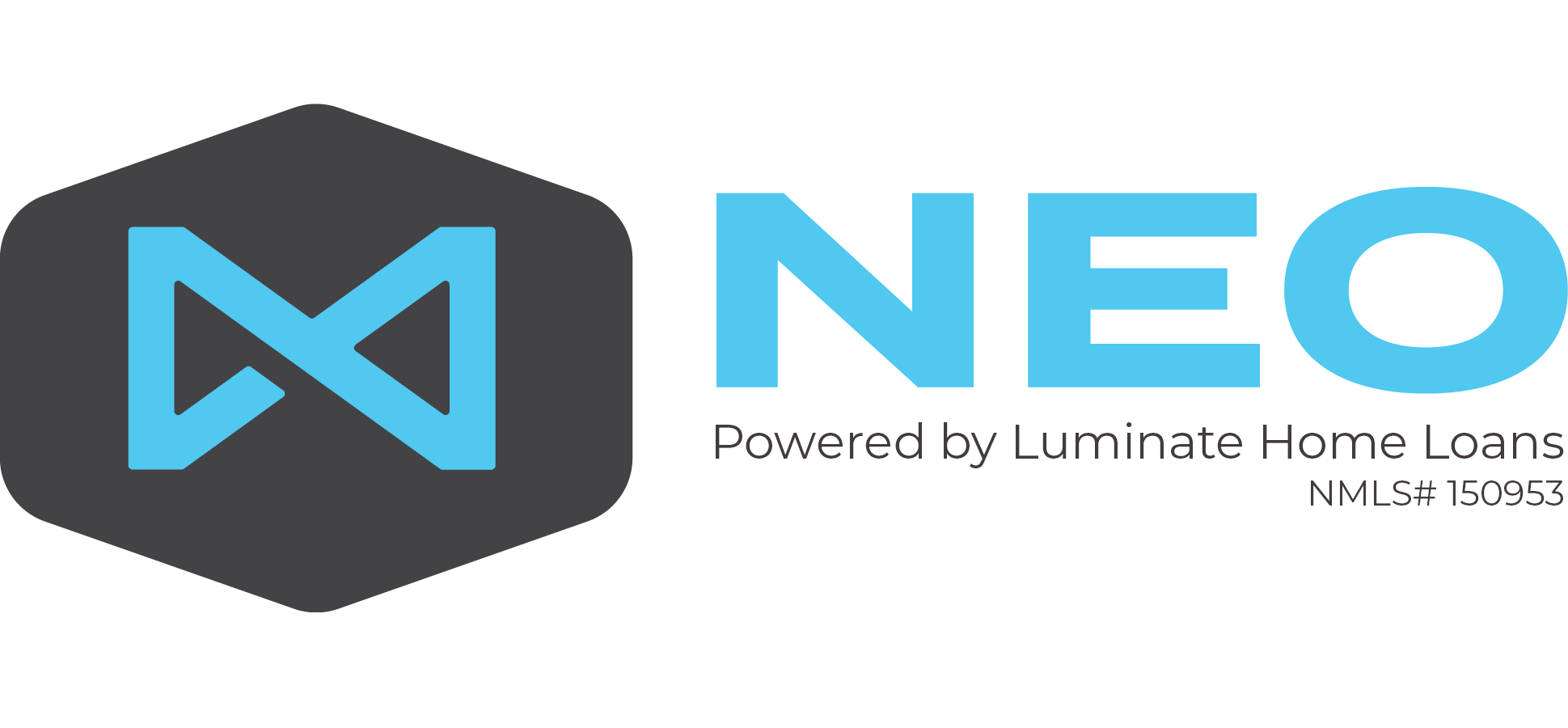Determining the amount of mortgage you can afford is normally a personal decision but the lender will have their two cents. Consider both what the lender looks at and what you are comfortable with. Let’s compare how each of these two numbers are or should be determined:
Your Comfort Level:
Determining the payment you would feel comfortable with is normally just a feeling. You know what you pay right now for rent or a house payment and you have a general feel for what you think you could pay each month. To better determine what is you are comfortable with paying, or what you can pay, a household budget is ideal. To complete a household budget you should consider all areas where you spend money. This could be anything from dining out, to buying clothes and even haircuts. Consider all expenses and figure out where your money is going now. For help on this check out You Need A Budget | Budget (YNAB). YNAB is a great blog on everything budgeting. My personal favorite blog entry is why people don’t budget, so check it out. After you have a good feel on where your money is going, you will be better able to determine what amount of money can be spent on your mortgage payment each month.
The Lender’s Method:
The lender really doesn’t care how much you think you can afford in a monthly payment. Instead the lender determines how much they believe you are able and willing to pay, based on risk. How do they assess you as a risk? In the mortgage business we call it the Three C’s: Credit, Capacity and Collateral.
Credit: This is your payment history from the past. They assume if you have been unable or unwilling to pay your bills on time now, that will continue into the future. Of course, the lender would like to be paid back, so the better your credit history, the lower the risk and the more the lender will let you borrow.
Capacity: Your ability to repay the loan based on income and debt will also be considered. All gross income that can be shown is being received, has been received consistently in the past and is likely to continue will be used to determine your ability to pay the mortgage loan. Any debts on the credit report and court ordered repayments (child support, alimony, etc) will be considered in this calculation as well.
Collateral: The home you purchase and secure the mortgage loan against, is also a risk to the mortgage lender, so the property will also be a consideration in the amount of money the mortgage lender will let you borrow.
The lender takes all of these factors into consideration and does some simple calculations to determine how much you can borrow. First, the lender takes all usable gross income for borrowers on the mortgage and calculates approximately 35% of that income. Lenders have determined 35% is an acceptable risk for the amount of gross income that can be used for a your monthly housing expense. Second, they take 45% of the same gross income figure, which has been determined to be an acceptable risk for all debt payments for a borrower. The 45% figure is reduced by the amount of minimum payments towards debt each month and the remaining dollar figure is the amount that can be used towards the housing expense. There should be two figures , the 35% figure and the 45% figure reduced by the amount of debt. Whichever is less is the amount the lender uses to qualify you. The calculation only considers one of the three C’s – capacity. Credit will either allow the lender to increase the percentages or will gradually decrease the amount the lender can allow you to borrow, until the figure reaches $0. The collateral is assessed later and is done by completing an appraisal to determine the value of the home you intend to buy.
The lender may come up with a figure that is much higher or much lower than your determined comfort level. From my experiences, your comfort level will be much lower than the lender’s when you have a great credit and much higher when your credit isn’t so great. If you think about it, this makes sense. Those that have a good grasp on their finances, and pay their bills on time do not over extend themselves. The other circumstance is where the lender can not count income that you count on each month, such as tip income not reported to the IRS or a second job you just recently picked up to help you buy a new home. Either way, talk with you lender and ask questions to understand what you qualify for and make sure they understand what you are comfortable paying each month on your housing expense.


